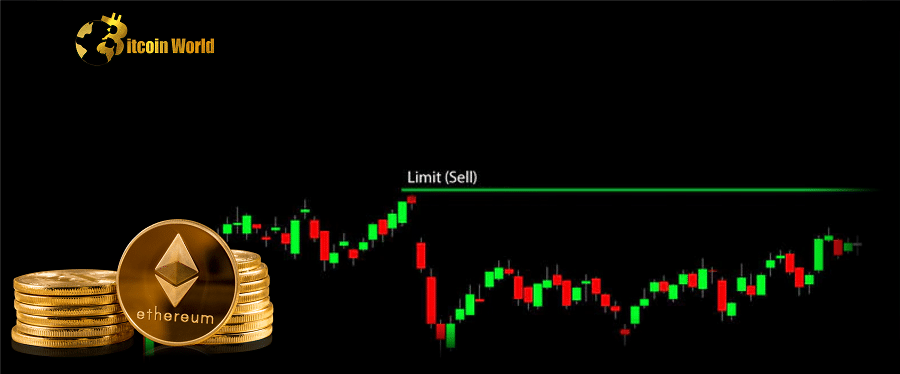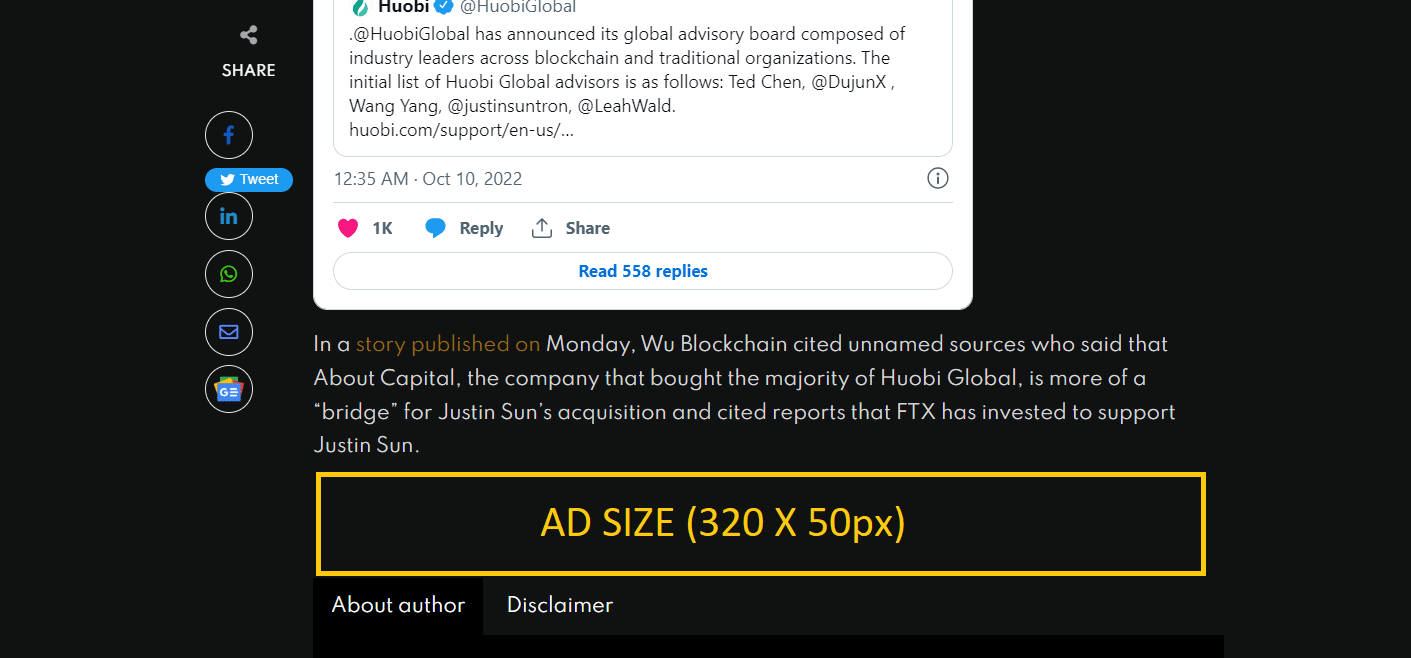According to an on-chain analysis of the Net Taker Volume metric, traders have been exiting the market in large numbers following the recent rally in the price of Ethereum [ETH], with the highest volume of exits seen since the collapse of Terra-Luna.
The Net Taker Volume metric, according to CryptoQuant analyst Maartunn, tracks the aggressiveness of market sellers and buyers for a specific crypto asset.
The metric computes the difference between ‘Taker Buy Volume’ and ‘Taker Sell Volume’ and provides insights into market participants who use market orders.
Market participants who use market orders are willing to buy or sell at any price, no matter what the cost or fees are. According to Maartunn, their main priority is to leave their position.
With ETH’s Net Taker Volume at its lowest point since May 2022, “traders on Ethereum are escaping the market through market orders, pushing the price down,” Maartuun observed.
Martuun advised on how to protect against the impending price decline:
“The strongest signal of the indicator is when prices are still relatively high, but Net Taker Volume is deeply red. And that is where Ethereum is currently. This doesn’t mean that Ethereum can’t bounce in the short term, but as long as Net Taker Volume shows negative values, it’s better to sell the dip other than buy the dip.”
According to Santiment data, after ETH passed the $1600 mark, new demand for the alt weakened. Since then, the number of new addresses created on the network has dropped by an astounding 88%.
With the market’s buyers depleted and unable to initiate further price rallies, the market has been deprived of the necessary infusion of new liquidity. As a result, the price has dropped by 6% in the last week.
Furthermore, according to Coinglass data, ETH’s Open Interest fell by 5% during that time period. It is common knowledge that a decrease in an asset’s Open Interest often indicates a lack of market demand or investor interest in the asset, potentially resulting in a price drop.
Despite this, many investors are optimistic about the upcoming Shanghai Upgrade, which has the potential to unlock long-staked ETH coins.
According to CryptoQuant, ETH’s funding rates have remained positive over the last month, indicating that investors continue to bet on the altcoin.














